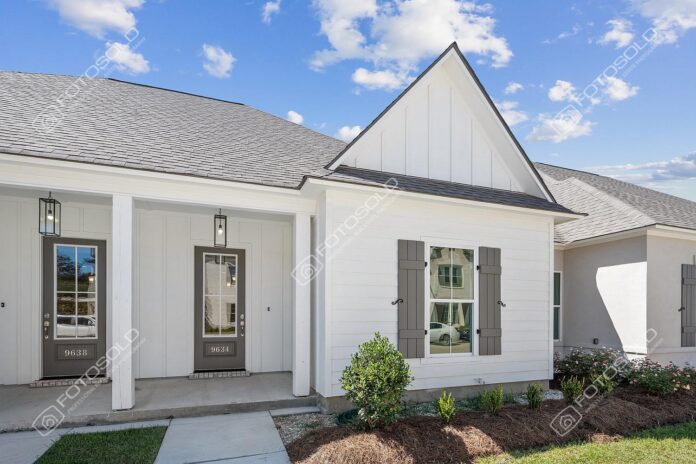The essential equipment required for most photography tasks in real estate would consist of a premium digital camera and a tripod. Wide-angle lenses are great for capturing large spaces such as dining and living rooms and are thus very popular among realtors. A good editing program is required since most real estate photography requires some post-production. As you gain more experience and become the best real estate photographer, you can build your collection of higher-end equipment. At some point, you’ll want an upgraded camera that will allow for various lenses, a digital trigger that can be wirelessly activated, an application, and lighting improvements.
Full-frame digital camera
Full-frame cameras are the best option for most real estate photography tasks because they can cover large areas and create the best quality photos. Concentrate on the size of the sensor of the camera rather than the number of megapixels, as the larger sensor will provide superior quality photos of real estate even in dim lighting. There are plenty of top-quality cameras on the market, but it is essential to conduct your research before choosing the best camera for your requirements.
Wide-angle lens
Professional real estate photographers would inform you that an angle-wide lens is the most effective for real estate photography. Wide-angle lenses provide a feeling of depth and emphasize the room’s dimensions. Using a full-frame sensor camera, it’s advised to utilize a wide-angle lens ranging from 16-35mm.
Utilizing fisheyes or other techniques for bloating to create an illusion of space is a good idea. This technique needs to be more accurate and will likely turn potential buyers off when they are disappointed when they see the actual property. Do not make false representations about the property or remove any permanent, ugly objects. Your responsibility as a professional photographer is to create photos of the real estate property that show the property in a pleasing appealing, authentic, and attractive way.
Tripod
Stability garners quality. Most real estate photos are captured in natural light for exteriors or with limited lighting within the room. A tripod results in sharp images and a steadier shutter, allowing slower shutter speeds. A tripod is also helpful to keep your camera horizontal and create clean vertical lines. Try different heights with your tripod. The views of the room could alter quite a bit at different levels. Find the best angle after testing various levels (above the eye, table, and chest level). If you’re planning to take bracketed photos for post-processing purposes, it is essential to shoot with a tripod.
Remote trigger
Remote triggers allow you to activate the camera to take a photo without having to touch the camera. The reason for this to be crucial may not be evident at first, but remote triggers reduce camera shake, which can cause blurred photographs or loss of clarity. This is especially true regarding real estate photography, which typically uses prolonged shutter speeds. When shutter speeds are this low, even a slight touch to an object to activate the photo could cause camera shakes and blurred images.
Flash and trigger for flash
Natural light is only sometimes adequate for photos of homes. Be aware that the parts of a house are equally illuminated in all instances. There is a chance for your living area to be filled with plenty of light, but the hallways and bathrooms might be dim. So having a flash on the bag is always an excellent idea. A flash trigger attached to your flash is an excellent idea since it lets you position your flash and camera in the right location and then remotely trigger them all without the hassle of any logistical issues.
Light stands
If you’re using flash, it makes sense to get light stands. You require something to put the flash as well as another lighting on. Although lightweight stands are great for strobes and flashguns, a C-stand is much more robust and stable when you’re using larger moonlights.








